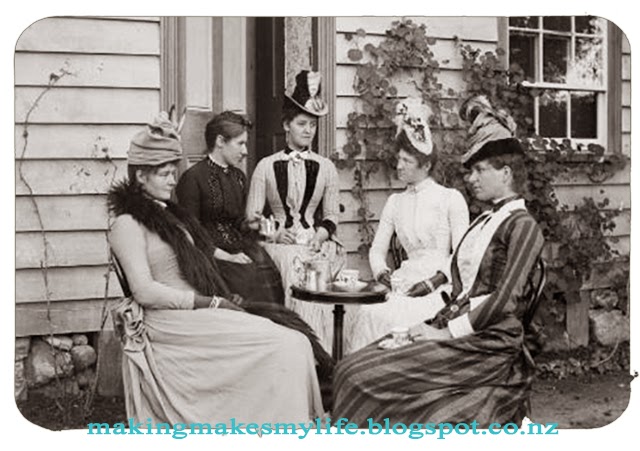Since today (nearly) co-insides with the Historical Sew Fortnightly 2014 challenge #22, I wanted to share a "Darcy" shirt I made.
 |
| 18th century men's "Darcy" shirt - Front view |
I made the shirt using instructions from "A Typical Eighteenth Century Military Shirt: A practical construction guide by Judith Wicker". The guide is very easy to follow, and I believe historically accurate.
[You can find a copy of this pattern by doing a Google search, I 'm not posting the link because I couldn't find the original source, but I think it came via the NWTA. ]
Historical Sew Fortnightly 2014
The Challenge: # 22 - Gentlemen
Fabric: heavy cotton (old bedsheets)
Pattern: "A Typical Eighteenth Century Military Shirt: A practical construction guide by Judith Wicker".
Year: Eighteenth Century
Notions: buttons, thread
How historically accurate is it? Very. 80-90% originals might have been made in linen, I made slight mistake on the neck opening (explained below) and I did use the sewing machine...
Hours to complete: 6-8 hours across two days
First worn: Unworn
Total cost: under $10
 |
| Darcy shirt - side view |
The only trouble I had with the pattern was the neck gussets, it doesn't specify they need to be gathered - in the middle but not the edges - as pictured below, to make the collar and neckline curve properly.
 |
| To ensure the neckline sits properly, gather centre of the shoulder gussets (green arrow), not the sides (red lines) |
Also, I had a self-made boo-boo. I totally forgot to flip the front neck slit facing around to the back, and only realised it was on the wrong side after I had sewn the shoulder gussets. So I just added a ruffle under the facing, to make it look deliberate...
 |
| Pinning a ruffle under the facing which I forgot to flip through to the other side. Doh! |
 |
| Neck ruffle and facing detail - not historically accurate...oopsy |




















.jpg)





























